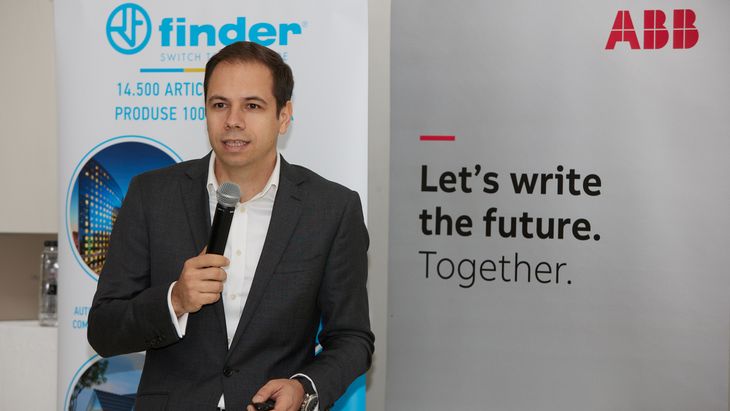The number of electric cars increases year by year in Romania thanks, mainly, to subsidies granted by the state, among the largest in the EU. At the same time, Romania should adopt the European model of banning the access of polluting cars to certain urban areas, in order to additionally stimulate the purchase of electric or hybrid vehicles.
“In Romania, at the moment, we are only focusing on subsidies and we are not discussing restriction zones for polluting vehicles or elements of differentiated taxation depending on the degree of pollution,” said Dragoș Fundulea, senior consultant at Roland Berger, at the “Smart Cities” conference, organized by Energynomics.
Romania offers some of the most generous incentives for the purchase of electric cars, but states in Western Europe are already starting to reduce or eliminate grants for the purchase of such vehicles. The government’s Rabla Plus program budget has almost doubled year-on-year, but without the introduction of other constraints (for example, the tax on pollution levels or the introduction of low-emission zones), the Rabla Plus program itself becomes a limiter to the sustainable growth of electric vehicles by creating a dependency on state subsidies.
According to Fundulea, from the perspective of the purchase of electric cars, “for now we are on a good trajectory”, because last year one out of nine new vehicles registered in Romania was electric or hybrid.
Thus, Romania exceeded the quota of 10,000 electric cars sold, respectively of 3,600 plug-in hybrids, and the number of places where recharging stations are located has reached 1,350.
However, it is not clear whether the advance in electric car registrations is due to the desire of buyers to help reduce pollution or is generated by the generous level of government subsidies for the purchase of such a car and the cost of the vehicles. “Demand is increasing, but in the regulatory area, although we have programs like Rabla Plus, whose budget doubles every year, we see that the level is decreasing in our assessment. The government support scheme Rabla Plus has been a key driver of growth, with the budget almost doubling from 2021. I would like to think that the energy transition is the main driver of this growth, but often the economic factor is the deciding factor, balance because many of those 11,000 cars are among the cheapest on the market. In conclusion, we need to see if the green transition or the lower price was the reason for buying that car,” Fundulea continued.
DOWNLOAD THE PRESENTATION OF DRAGOȘ FUNDULEA
Last year, electric cars reached a market share of 11.7% in Romania, and the registrations of new hybrid electric and plug-in models were higher than the total in the period 2018-2021. Basically, in 2022, over 15,000 new green cars were registered, up 70% from 2021, with electric vehicles accounting for 3 out of 4 green vehicles registered.
According to Fundulea, the Romanian vehicle taxation system is very simple because it focuses exclusively on the cylinder capacity of the car’s engine, while European states use a combination of at least three separate values or components to determine the level of car taxation.
The “Smart Cities” conference was organized by Energynomics, with the support of our partners, among them ABB, ENGIE Romania, Finder, Flash Lighting Services, Photomate, REI Group, SIXT.
